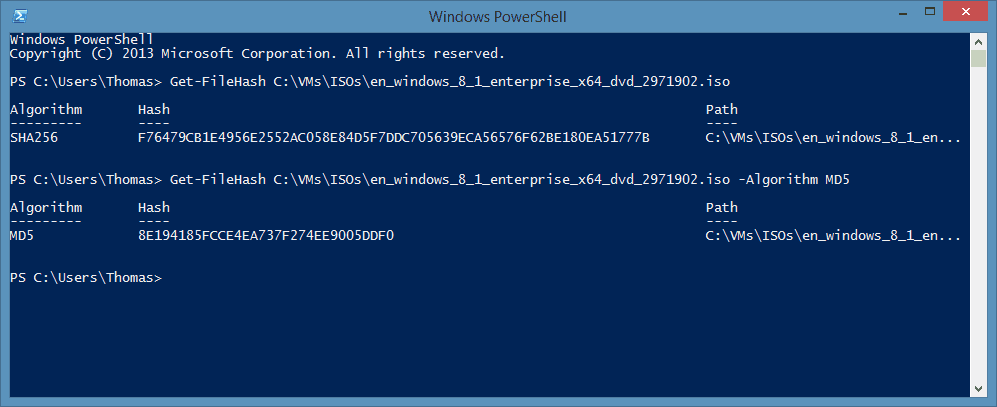
The “Format-list” output of the command is there to make the results formatted and readable. Get-Process Chrome | Select-Object -Property ProcessName -ExpandProperty Modules | Format-list If you want details about the Modules property of the ProcessName attribute’s type: You can now use the -EpandProperty command to get detailed information about the specific attribute. Get-Process | ConvertTo-Html -Property Name, Path, Company -Title “Process Information” | Out-File filename.htm Simply add it to the end of other cmdlets and include a specific file path.įor example, if you want to create an HTML file that displays the name, path, and the company of all the current processes of a local computer, type: This is an output cmdlet which means that it works great with other cmdlets. NET object into an HTML file that can be displayed in Web browsers. You can elaborate this cmdlet and delete only hidden and “read-only” files or delete items from specific folders and subfolders. To delete items, you can replace the ”Get” suffix with “Remove.” This will allow you to delete everything, from files and folders to registry keys and functions. As with the Get-Item cmdlet, you will need to specify the container’s path. This command will show you all the files and directories inside that container.

If you need to retrieve a child item from a container, such as a system directory, you can use the cmdlet Get-ChildItem. Once you understand the syntax, you will see that using PowerShell is often the fastest and easiest to get some things done on your computer.

This is an excellent example of a more complex command that will make PowerShell execute a complicated task. Get-Command -Type Cmdlet | Sort-Object -Property Noun| Format-Table -GroupBy Noun If you want a list of specific cmdlets of the same type:įor example, this complex phrase will order your computer to display a list of all cmdlet type commands available and to sort them by alphabetical order of the noun in their name: Here are some basic cmdlets that will be helpful, especially when navigating the available commands. There are so many options within Get-Command, but you, as a basic user of PowerShell, don’t need most of them.
#WINDOWS 10 POWERSHELL COMMANDS HOW TO#
If you need an example of how to use a certain command type:ĭo you want to retrieve information about a specific command, or set of commands, quickly? The Get-Command cmdlet will do that for you. For an even more detailed explanation of a command, type: You don’t need the brackets, simply type the name of the command you are interested in, and this cmdlet will give you the basic info about it.
#WINDOWS 10 POWERSHELL COMMANDS FREE#
But feel free to read them and explore all the possibilities available to you. The list will probably be huge, and you don’t need to learn all the displayed cmdlets. PowerShell will list all the cmdlets you can use at that moment. But that’s not the end of the get-help command.


 0 kommentar(er)
0 kommentar(er)
